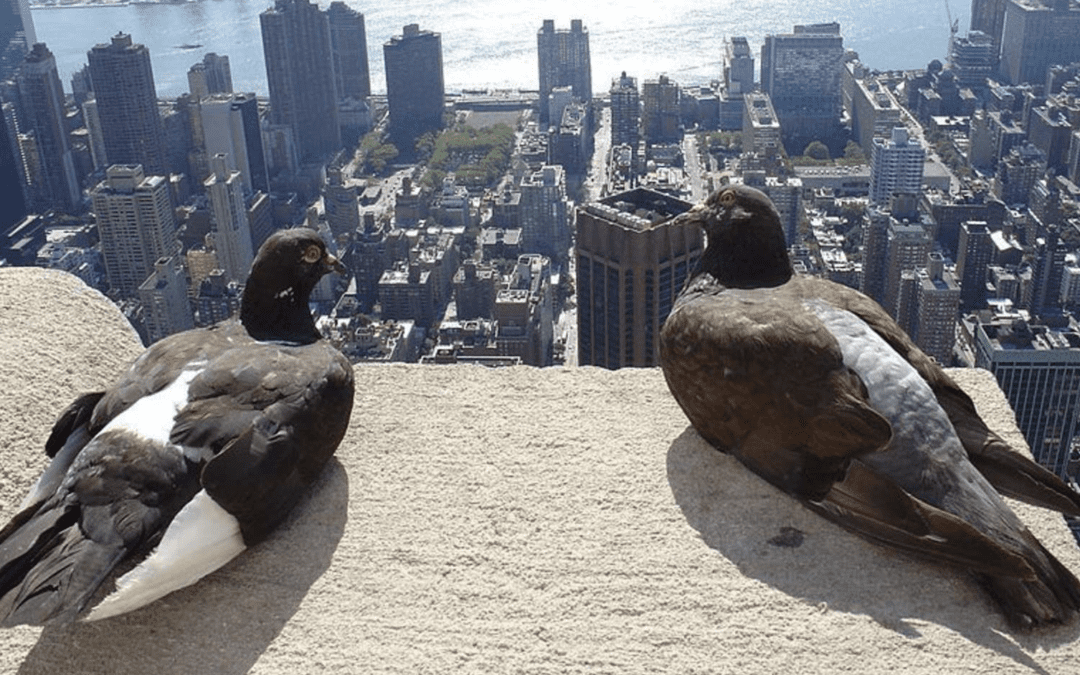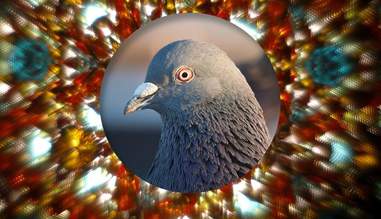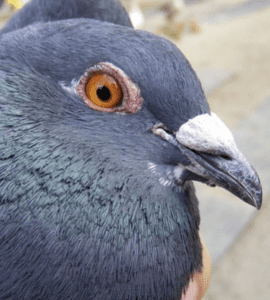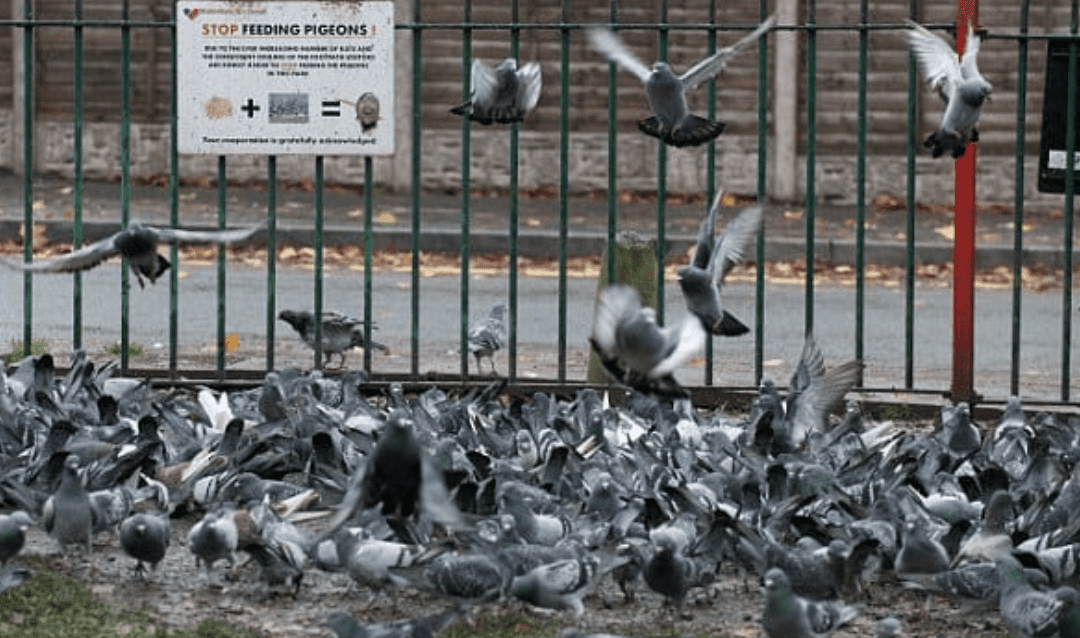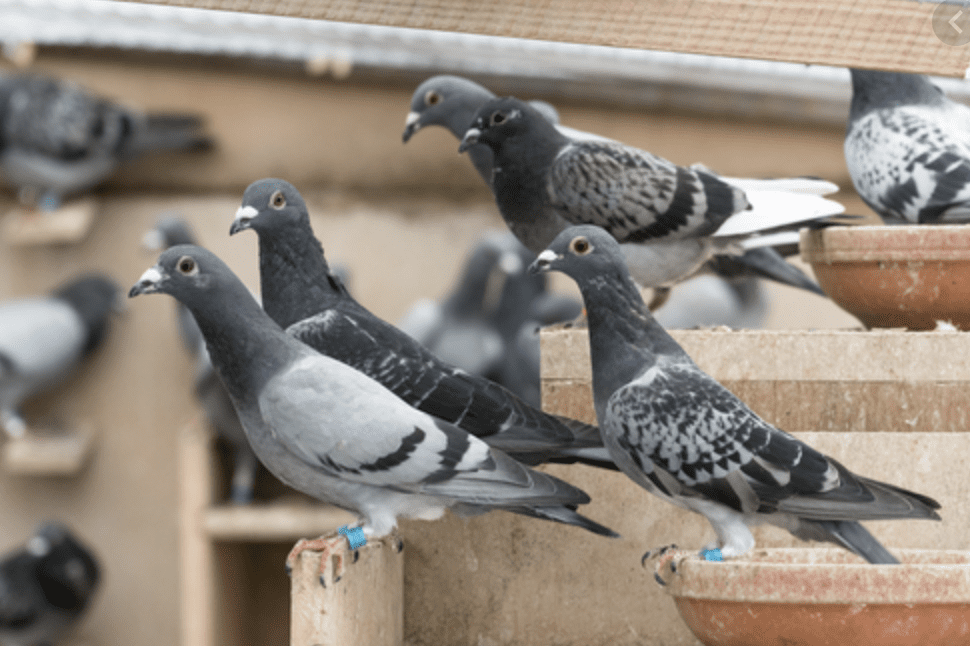Picture this: you’re sitting on your living room couch, reading a book or dozing off, when you suddenly hear the sound of flapping wings. Intrigued, you look around, only to see a sparrow, a Mockingbird, or some other non-domesticated bird perched inside your fireplace. You barely manage to say “What in the world…?!” (or something a little less polite) before the terrified critter takes flight and settles on top of your mantle or a wall-mounted kitchen cabinet.
So, now you have an avian intruder inside your house, and neither of you are particularly pleased to see each other.
What do you do?
Typically, when a bird winds up in a house via the chimney, it’s a direct result of either (1) the bird seeking out the warm/cold air that it senses emanating from the house and deciding to take shelter, or (2) the bird—especially if it’s only a fledgling—taking a tumble out of a nest that’s been built inside the chimney. In any case, while it’s really not a reason to panic or let your household descend into chaos, it is a situation that should be resolved as soon as possible!
What To Do About Birds That Get In Your House
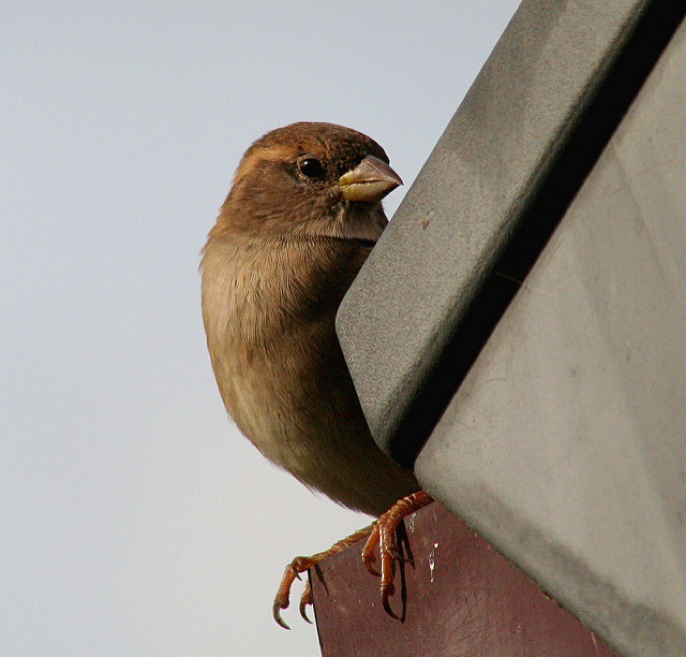
If a single bird “drops in” unexpectedly, there are a few steps you can take to try to resolve the problem yourself:
1. Shut all interior doors leading into (or out of) the room where the bird is, and remove all pets.
Modern houses tend to have open floor plans with fewer doors and walls, so isolating the bird to one room may be a little tricky. But at the very least, closing off the area will limit the space in which the bird can flee. Getting pets out of the way is for both their safety and the safety of the stray bird; while dogs and cats may be inclined to give chase, interactions with wild birds can lead to illnesses or injury for both parties.
2. In the “bird room,” open up a single door or window and cover up all the others.
Remove any screens and close any curtains (or put up sheets) as necessary. The point is to make the bird think that there’s only one way out of the room. Covering up the other windows and doors will also decrease the likelihood that the bird will fly into a glass barrier, injuring—or killing—itself in the process.
3. Give the bird time to leave on its own.
If you’re lucky, it will notice the exit you made and see itself out. In that case, be sure to close the door or window immediately after!
4. Use a sheet to help guide the bird out.
If the bird seems hopelessly confused and can’t find the exit, you can hold up a sheet with two hands and try to shepherd the bird in the right direction. You are not trying to capture the bird inside the sheet; you’re simply using it as a tool to direct the bird’s movement. Holding the sheet in front of your face during this attempt can help you protect yourself from scratches or pecks if the bird lashes out in fear.
5. Check the chimney.
Hopefully, the bird that’s currently in your house is acting alone. However, it’s also possible that there’s an entire nest of birds living inside the chimney and this episode is just the tip of the avian iceberg. So take a look (and a listen) inside your fireplace; if you have any suspicions that there are more birds lurking within the chimney, then you need to…
6. Call for help.
If your attempts to get the bird yourself have failed, you may need to call a professional wildlife removal service and have one of their technicians take care of things. It’s also a good idea to get a professional involved if the bird appears sick, injured, or too young to fly on its own, as it may need help beyond simply relocating it outside. And, of course, if peeking into the chimney reveals evidence of a whole nest of birds instead of just a single stray, you’ll want to get professional backup ASAP.
Bird Blocking
Dealing with a stray bird isn’t as complicated or nerve-racking as dealing with a colony of rats or an ornery skunk, but it’s still not a great situation in which to find yourself.
Fortunately, you can reduce your risk by taking some preventative measures:
1. Have a chimney cap installed.
Birds can’t enter your home through the chimney if they can’t get inside (or build their nests) inside the chimney in the first place. Thus, adding a chimney cap (or replacing your damaged cap) is probably the more effective way to keep out birds and other animals.
2. Make sure the rest of your house is bird-proofed.
The chimney isn’t the only way that a bird can enter your house; exhaust vents and small holes in your roof are also prime targets. If you didn’t actually see the stray bird come out of your fireplace, check your attic to see if there are more of them living on your property.
3. Put screens on your windows and doors.
It’s not unheard of for birds to simply fly inside homes using these pathways instead of going through the trouble of breaching the walls or chimney. Sturdy screen doors and windows are a good way to enjoy the mid-spring breeze while keeping out birds (and bugs, too). Having a barrier in front of glass panes can also help prevent birds from accidentally flying into them, as well.
Generally speaking, people don’t really “fear” birds the way they do other pest animals. For full-blown infestations involving multiple birds, or any situation in which you find yourself feeling like you’re in over your head, Chimney and Wildlife Specialists is only a phone call away!
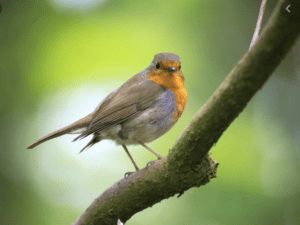
About Pigeon Patrol:
Pigeon Patrol Products & Services is the leading manufacturer and distributor of bird deterrent (control) products in Canada. Pigeon Patrol products have solved pest bird problems in industrial, commercial, and residential settings since 2000, by using safe and humane bird deterrents with only bird and animal friendly solutions. At Pigeon Patrol, we manufacture and offer a variety of bird deterrents, ranging from Ultra-flex Bird Spikes with UV protection, Bird Netting, 4-S Gel and the best Ultrasonic and audible sound devices on the market today.
Contact us at 1- 877– 4– NO-BIRD, (604) 585-9279 or visit our website at www.pigeonpatrol.ca
Pigeon / Pigeon Patrol / Pigeons Roosting Vancouver Pigeon Patrol / Bird Control / What To Do About Birds That Get In Your House Surrey Pigeon Control / Pest / Vancouver Pigeon Blog / Birds Inside Home / Pigeons in the cities / Ice Pigeons/ What to do about pigeons/ most common types of sparrows , Damages Caused by Sparrows, How To Keep Raccoons Away, de-fence, What To Do About Birds That Get In Your House What To Do About Birds That Get In Your House
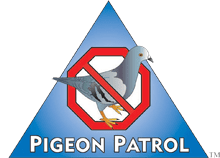

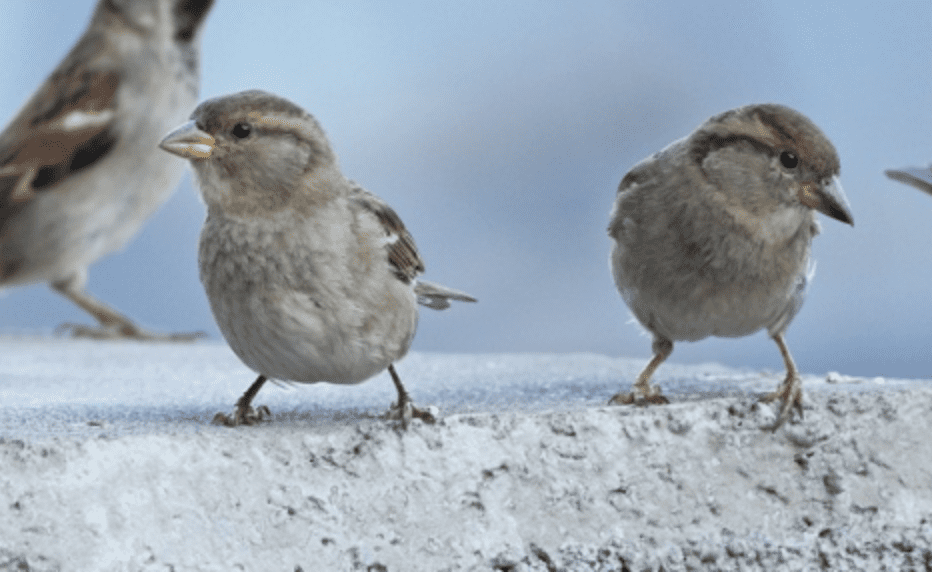


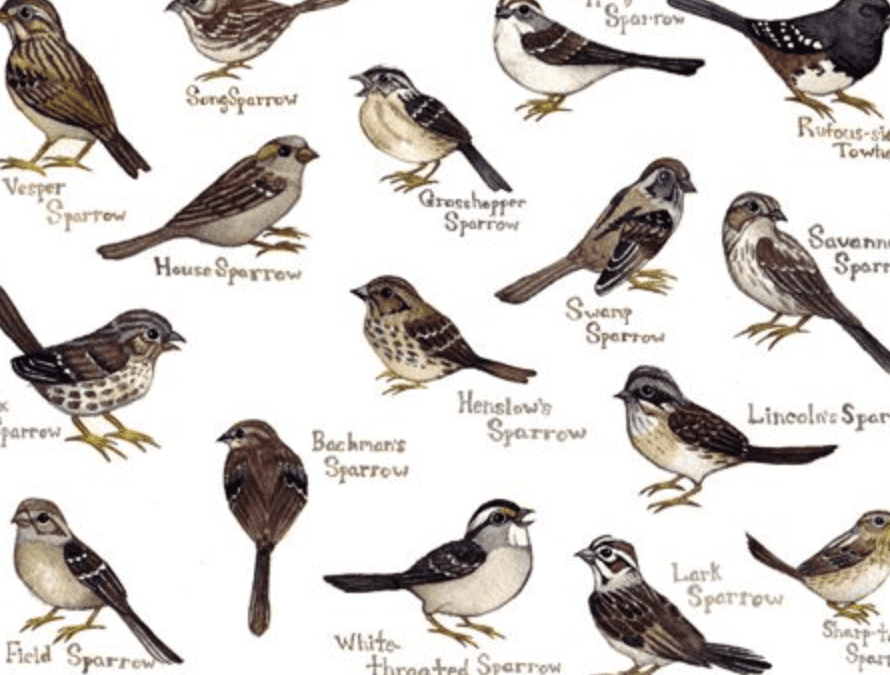

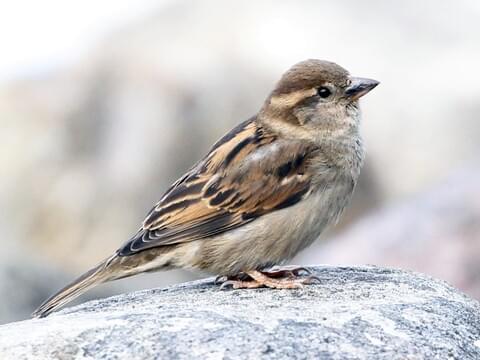
 It is a fairly tame species with it’s widespread mostly found in North America. They are very pretty species with a splash of colors. Summer chipping sparrows are black with a bright rust crown while winter chipping sparrows are brown with dark upperparts. There is two subspecies Eastern and Western chipping sparrow. It is partial migrant flying towards South during winters and again towards North during spring. They sing loud, trilling songs most commonly in spring. Chipping sparrows may appear similar to American or Field sparrows, but you can identify them with a gray rump as it flies. They build their nest in a shrub or a tree, their nests, are flimsily constructed that light can easily pass through them. They feed on seeds of almost all varieties and protein-rich insects.
It is a fairly tame species with it’s widespread mostly found in North America. They are very pretty species with a splash of colors. Summer chipping sparrows are black with a bright rust crown while winter chipping sparrows are brown with dark upperparts. There is two subspecies Eastern and Western chipping sparrow. It is partial migrant flying towards South during winters and again towards North during spring. They sing loud, trilling songs most commonly in spring. Chipping sparrows may appear similar to American or Field sparrows, but you can identify them with a gray rump as it flies. They build their nest in a shrub or a tree, their nests, are flimsily constructed that light can easily pass through them. They feed on seeds of almost all varieties and protein-rich insects. 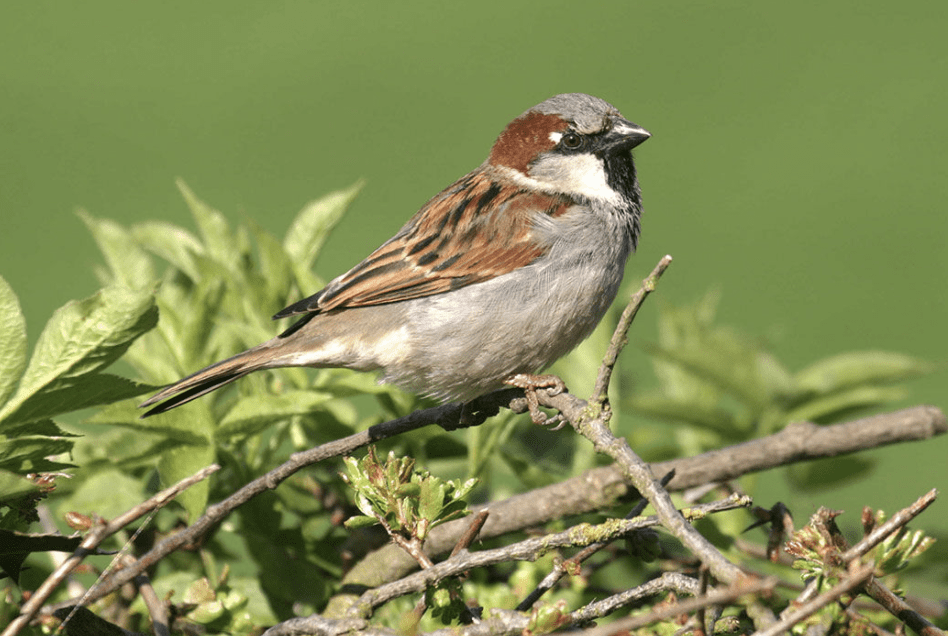
/am-tree-sparrow-58ca9fc73df78c3c4f9a3610-5a0e0f3a9e942700377f9e72.jpg)

